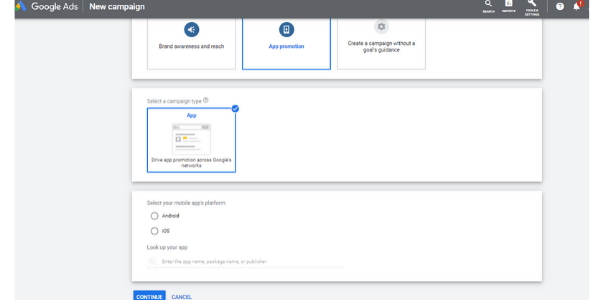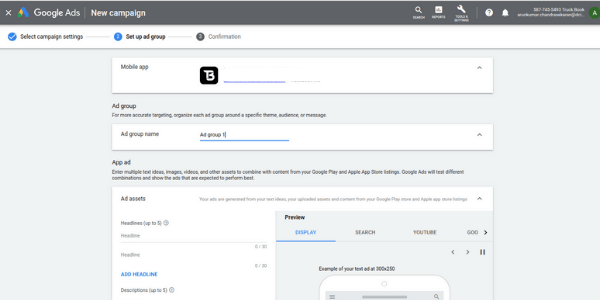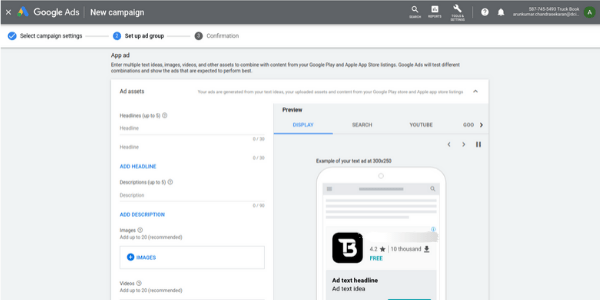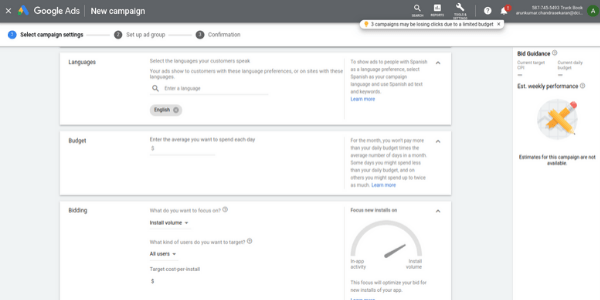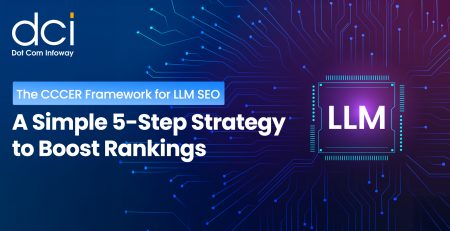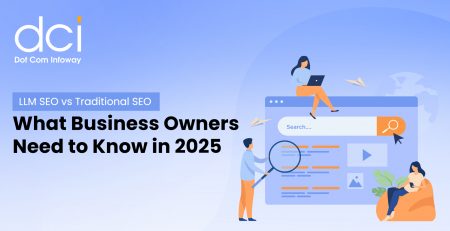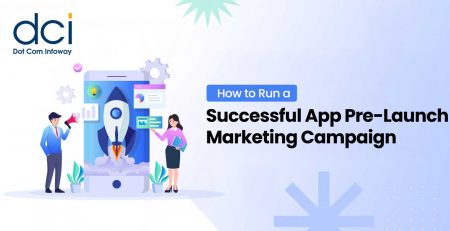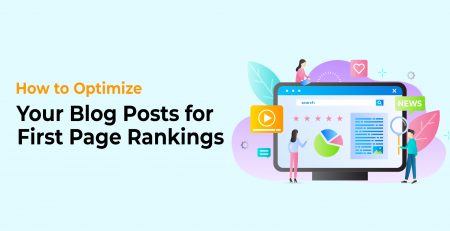Part 1 of Mobile Advertising – Harnessing the Power of Google Universal App Install Ads
Mobile app development is not exactly a walk in the park, especially if the app’s foundations and framework have quality written all over them. As the developer and owner, you would not want your efforts to go to waste simply because you can’t overcome one big hurdle: advertising like app install ads. How else can you possibly get your app to the right audience other than other methods like App Store Optimization or social media promotion?
It goes without saying that you need to learn how to conduct mobile advertising properly if you want to set your app up for success. One of the tools that you should have at your arsenal is Google Ads, particularly their Universal App campaigns, which is one of the most overlooked ad tools in the platform until recently. But that’s certainly no longer the case as you’ll find out as we give it the spotlight in this post. It’s safe to say that it exemplifies mobile ads’ benefits to the fullest.
With that said, let’s begin the first part of our series about mobile app marketing agency services by taking a closer look at Google’s universal app campaigns and how you can fully utilize their potential.

What are Universal App Campaigns?
Simply put, they are automated campaigns that let you advertise on all the ad networks Google is partnered with. Think of Youtube, Google Play Store, Google Display Network, and Google Search. Your mobile ads like facebook app install ads will be displayed in practically all of them through a single campaign, hence the term “universal”. It is basically just utilizing Google Ads for your mobile app at a comprehensive level.
But it certainly does not stop there, because it is also primarily characterized by its machine learning capability. With it, you will be assured that Google will always pinpoint your top-performing ads for you then proceed to prioritize in showing them to the most relevant users, so you will not have to do it yourself. Of course, this only translates to better conversions (140%, to be exact, as Google has claimed in the past). Conversions, in this case, involve actual app install ads.
And that’s virtually where all the mobile ads benefits of this approach stem from. You get the best reach (because of the numerous Google properties involved) and you always manage to show them to the right audience. This is every advertiser’s dream, to say the least.
Showcases the Power of Automation
The “automated” aspect of Universal App Campaigns should not be overlooked because it is where it manages to deliver the most impact. Automated means requiring less effort to create your own ads for every placement because Google will be creating them for you based on how you set your digital and text assets. It doesn’t stop there because Google ensures your campaign will be optimized by always targeting the right users and taking care of all the bidding for you.
That does not mean that you can be completely laid-back altogether because you still have to keep an eye on and manage other essential factors like the start date of the campaign, your daily budget, CPA/CPI, target language and location, and the lines of texts (maximum of 5 lines composed of up to 30 characters). You can choose the images and videos you want to include, but should you opt not to, Google will gather them from your app’s official Play Store listing.
How to Use Google Universal App Campaigns (UAC) to Drive App Installs?
UACs are pretty much straightforward in its approach to catering to advertisers. It guides and supports you every step of the way, from planning your campaign’s goals to acquiring those sought-after conversions. Begin by following the guidelines we have shared here.
Set Your Goal to ‘Install Volume’
If your ultimate goal for your UAC campaign is to acquire as many app installs as possible, then know that the platform actually has a setting that lets you choose Install Volume (CPI). This is crucial because Google has entirely different methods for assisting CPA campaigns. Take note that when it comes to planning your budget, Google recommends making it at least 50 times the amount of your intended CPI.
If you already have an inkling of what your budget is, you simply have to multiply it by 50, and you should get the exact amount. Also, the bid you set should be the exact amount you’re willing to spend for every app install.
Experiment and Optimize Text and Digital Assets, as Well as Images and Videos
You should never leave the optimization processes to Google because it is still up to you to provide them with a clear picture of how you want your app install ads to look. That’s why you have to be more meticulous when it comes to the digital and text assets you use. Google will make the necessary changes each time and be sure to evaluate the performance of each.
You should also be consistently modifying your texts, images, and videos until you pinpoint the best combination. But, for any experienced advertisers, this should already be obvious. You simply can’t rely on Google’s optimization efforts because most of their decisions are based on your assets in the first place.

Need Help with Creating or Optimizing Google Ads for Your App?
The advantage of working with experienced marketers here at Dot Com Infoway team is that we have managed more than 1000 campaigns for mobile apps and improved the ROI.
Fundamental Steps to Setting Up Your Campaign
- Start a campaign by clicking on the ‘New campaign’ button.
- Select the ‘Universal App’ option when asked to choose which campaign type to use.
3. Choose the mobile app platform (Android or iOS) where your app is listed.
4. Afterward, you will immediately be able to set the ad text ideas you have. All the text you enter here will be gauged by the UAC consistently for performance and all the best will be prioritized based on that factor.
5. This is also where you can begin adding images and videos. Be sure to change them regularly throughout the campaign.
6. From there, you can now set the language, location, campaign goal, budget, bid, and lastly, the start of the campaign and, optionally, its end. You should already have a general idea of what to set for your budget, bid, and goals based on the insights we shared above.
Conclusion
The power of Google app install ads via Universal App Campaigns could be more apparent in the data of successful campaigns and mobile app advertisers who are more than willing to vouch for them. Much like any mobile app ads campaign management, you just have to know how to do it properly.
Of course, one ready motivation you can gain is that the tool is proactive in optimizing your campaigns for you. Not a lot of other mobile advertising types can impart this level of convenience to advertisers.

